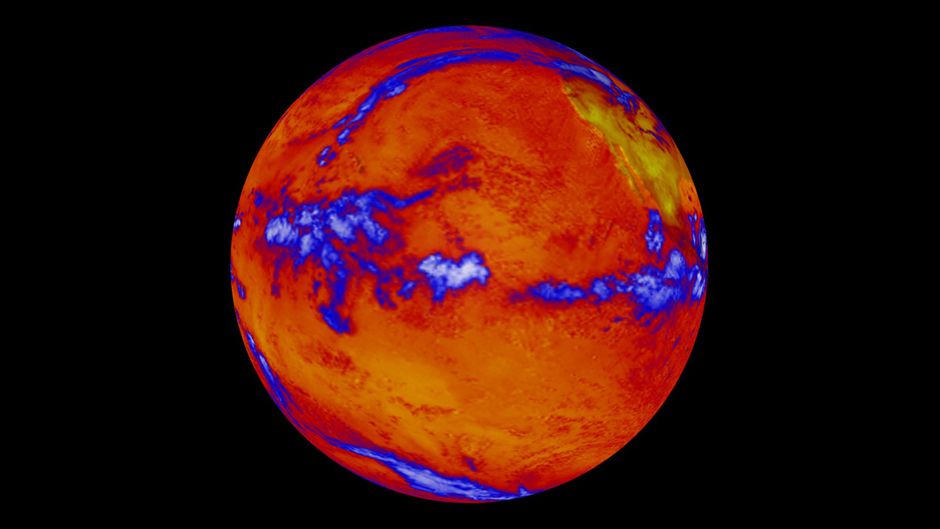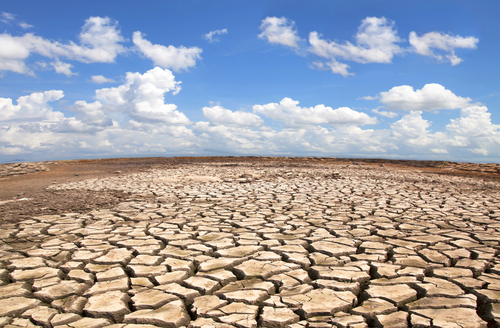
Between 2014 and 2023, the rate of decadal global warming reached its highest level on record.

New research conducted by more than 50 prominent international scientists reveals that human-induced global warming is progressing at a rate of 0.26 degrees Celsius per decade, marking the swiftest pace since the inception of climate data tracking.

This alarming acceleration has been propelled by a cocktail of greenhouse gas emissions, which have hit a staggering annual high of approximately 53 billion tonnes of CO2 equivalent, alongside a weakening aerosol cooling effect.

The 2023 assessment documented the human-induced warming average for that year at 1.31 degrees Celsius compared to the period of 1850-1900.

In the 2024 update, the analysis indicates that the decade spanning 2014-2023 experienced an average human-induced warming of 1.19 degrees Celsius, representing an increase of 0.12 degrees Celsius compared to the previous assessment.

Professor Piers Forster, a climate scientist, starkly noted, “Our analysis shows that the level of global warming caused by human action has continued to increase over the past year… Global temperatures are still heading in the wrong direction and faster than ever before.”

Adding to the concern, scientists have highlighted a dwindling carbon budget, which estimates the amount of carbon dioxide we can emit before irrevocably committing to a 1.5°C increase in global temperatures.

This budget stands at a mere five years’ worth of our current emission rates.

Further evidence of our warming world comes from NOAA’s National Centers for Environmental Information, which recorded April 2024 as the warmest April on the global climate record.

This continues a streak of 11 consecutive months of record warmth for the Earth, an indication of the relentless pace at which climate change is proceeding.

Regionally, continents have experienced varied temperature shifts, with South America recording its warmest April and Europe its second warmest.

On a global scale, April 2024 marked the 10th lowest extent of sea ice coverage in April in the 46-year observational record.

The Arctic sea ice extent was 80,000 square miles lower than the average, with the Antarctic sea ice extent falling 290,000 square miles below the norm.

Elevated greenhouse gas emissions are disrupting the Earth’s energy equilibrium, as ocean buoys and satellites monitor unprecedented heat fluxes entering the oceans, ice caps, soils, and atmosphere.

The recorded influx of heat surpasses the long-term average by 50%, according to the report.
Relevant articles:
– 2014-2023 saw the highest level of decadal global warming ever recorded, Deccan Herald
– April 2024 was Earth’s warmest on record, noaa.gov
– Annual 2023 Global Climate Report, National Centers for Environmental Information (NCEI) (.gov)
– 2023 warmest year on record, 2014-23 warmest decade ever, confirms WMO, The Indian Express
